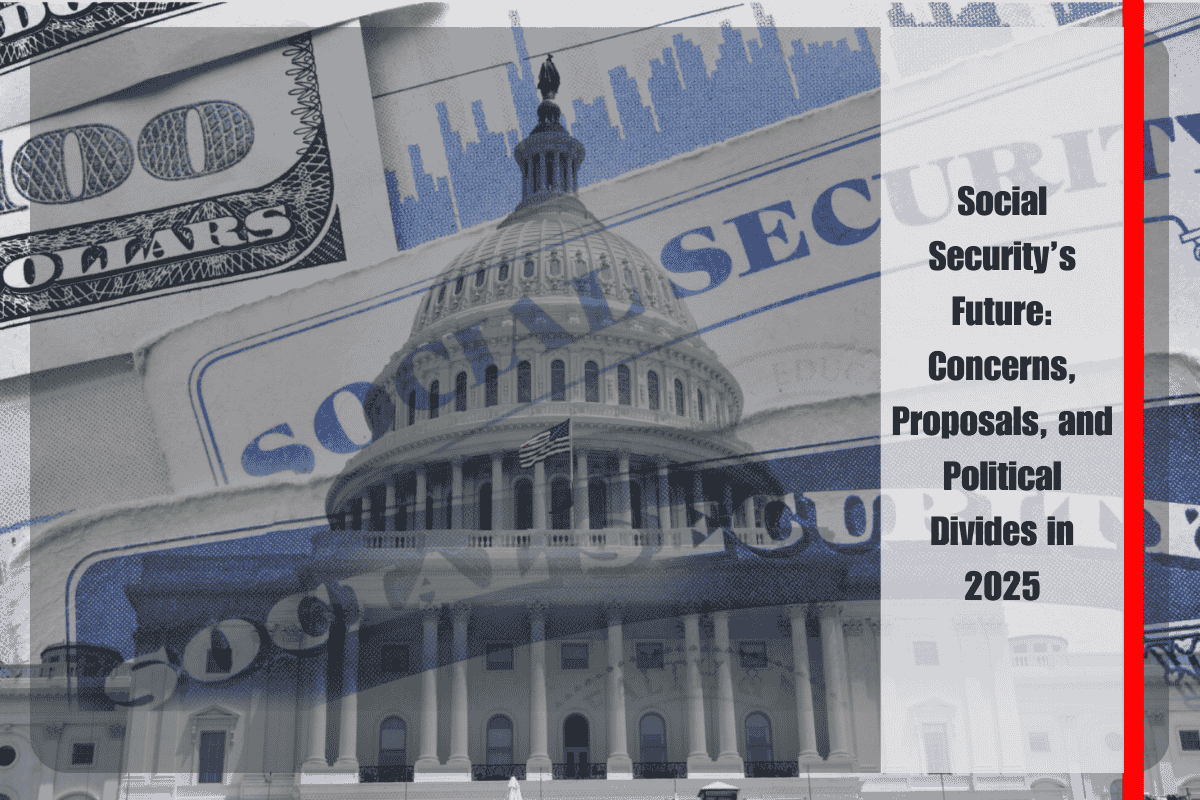As inflation continues to rise slowly and the economy remains uncertain, millions of Social Security beneficiaries in the United States are looking at a troubling situation in 2026. The Cost-of-Living Adjustment (COLA)—the yearly increase in Social Security payments to match inflation—may not be enough to cover real-life expenses. But why is that happening?
Let’s break it down so you can understand what to expect and how it may impact your monthly benefits in 2026.
What Is COLA and Why Is It Important?
Since 1975, the U.S. government has used COLA to help retirees, people with disabilities, and others on Social Security keep up with inflation. Every year, the Bureau of Labor Statistics (BLS) calculates the rise in prices using a formula based on the Consumer Price Index for Urban Wage Earners and Clerical Workers (CPI-W). Then, the Social Security Administration (SSA) adjusts benefits accordingly.
This yearly increase is meant to protect your purchasing power, so you’re not stuck with the same fixed income while prices go up all around you.
What Is the Projected COLA for 2026?
As of June 2025, the Senior Citizens League (TSCL) has predicted a 2.5% increase in COLA for 2026. This is slightly higher than the 2.4% estimate in May, but still not enough for many people who are struggling with the rising cost of living.
Even though prices are rising across key areas like groceries, rent, and medical care, retirees will have to wait months before they see this minor increase reflected in their checks. In the meantime, they are paying more now without proper support.
Why the Current Inflation Measure May Not Work for Seniors
One big issue is how COLA is calculated. Right now, it’s based on the CPI-W, which reflects the spending habits of urban workers and clerical employees. But this group is very different from retirees.
For example:
Urban workers spend only 7% of their income on healthcare
Retirees spend 16% or more on healthcare
This mismatch means that the CPI-W underestimates the true cost of living for seniors. In fact, since 2010, seniors may have lost up to 20% of their purchasing power because the inflation measure doesn’t reflect their real needs.
Is There a Better Way to Calculate COLA?
Yes. Many experts are asking for the use of the Consumer Price Index for the Elderly (CPI-E). This is a measure that better reflects how older people spend their money, especially in categories like healthcare, housing, and food.
However, the U.S. Congress has not yet approved using the CPI-E for COLA. Until that changes, seniors will continue to get COLA adjustments based on outdated data.
Why 2026 Could Be Worse for Retirees
There are more reasons to worry. One problem is how inflation data is collected. The Bureau of Labor Statistics is facing a hiring freeze, which means they don’t have enough staff to collect real-time prices. Instead, they are using models and estimates, which can be less accurate.
According to The Wall Street Journal, this could result in inflation data that doesn’t fully reflect real market conditions, which would affect the 2026 COLA calculations.
Other Concerns for 2026
Another growing issue is the return of tariff policies under the Trump administration, which could increase prices on goods. While these price hikes may hurt consumer wallets, they might not be captured in time for the COLA adjustment—again leaving retirees behind.
In May 2025, consumer prices rose by 2.4%, while the CPI-W only increased 2.2% over the past 12 months. According to a survey by TSCL, 80% of seniors believe their actual inflation rate is more than 3%. This gap creates a no-win situation for retirees.
Retirees are stuck between several problems: a slow and outdated inflation calculation, rising living costs, reduced data accuracy, and a shaky political climate. Even though COLA is supposed to protect Social Security beneficiaries, the current method may leave seniors struggling to pay for essentials.
Unless the government updates how COLA is calculated—perhaps by using CPI-E—retirees could continue to lose financial ground each year. It’s more important than ever for seniors and their families to stay informed, plan carefully, and push for fairer policies that reflect their real needs.












